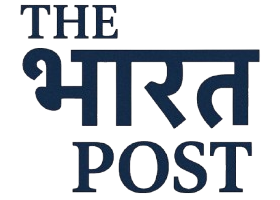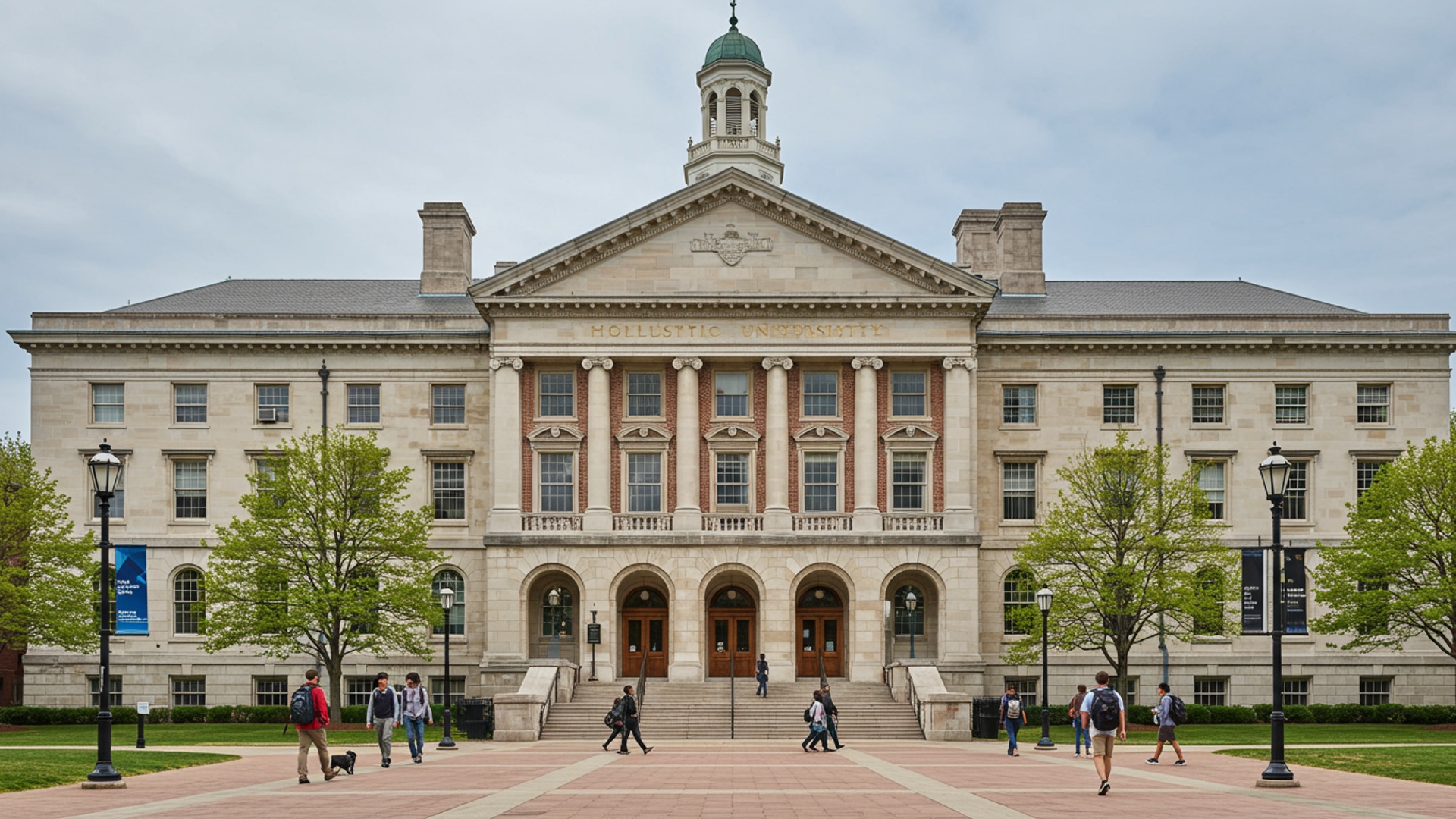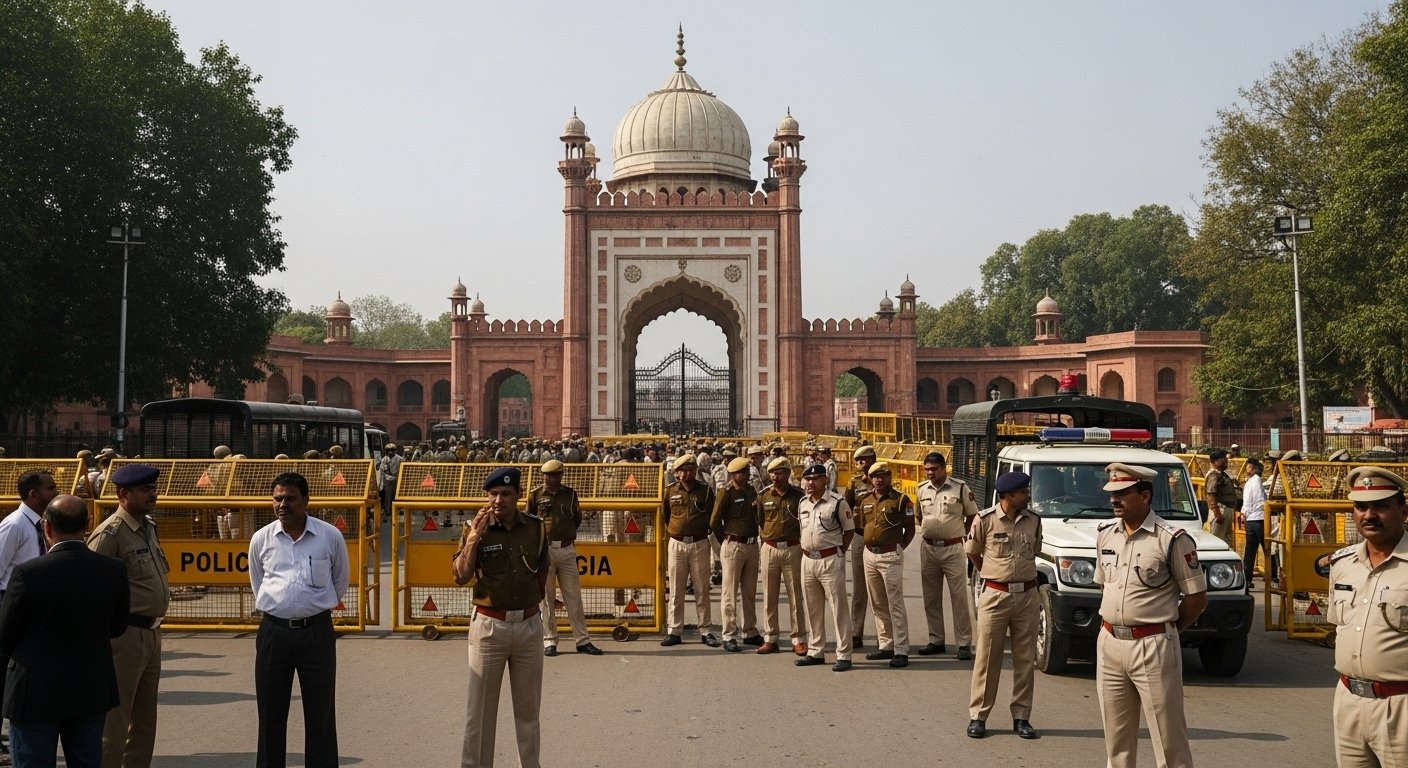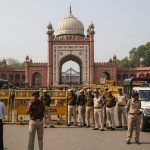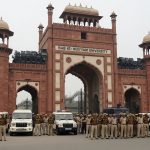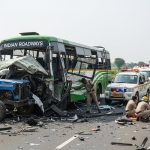A major shift is coming to Bengal’s universities, as full-time Vice-Chancellors are now expected to be in place across the state by the end of this month. This urgent move aims to solve a big problem: many of these key learning centers have been operating for a long time without permanent leaders, relying on temporary arrangements or having no one in charge. This ongoing lack of steady guidance has created serious issues, affecting day-to-day operations, student progress. long-term academic growth. The state government is now making a strong push to fill these crucial roles, promising to bring much-needed stability and proper direction back to Bengal’s higher education system without delay.
New Leadership for State Universities
Universities across Bengal are soon to see the appointment of full-time chief academic and administrative officers by the end of August. This development comes as a significant step towards bringing stability and dedicated leadership to higher education institutions that have, for a period, been managed by temporary or acting heads. The state’s Education Minister, Bratya Basu, recently confirmed this timeline, expressing optimism about resolving the long-standing issue of vacant top posts in many state-run universities.
This move is expected to address various academic and administrative challenges faced by these institutions. For example, issues such as delays in exam schedules and the publishing of results, which have affected students, are anticipated to be streamlined with the presence of permanent leadership. The appointment process has been a subject of discussion and legal scrutiny, highlighting the importance of having stable and authorized leadership for the smooth functioning of universities.
Understanding the Current Situation
For a considerable period, a notable number of state universities in Bengal have been operating without regular, full-time chief academic and administrative officers. This situation arose due to the expiration of terms for previous appointees and ongoing disagreements between the state government and the Governor regarding the selection process. In the absence of permanent officeholders, interim leaders were appointed to ensure day-to-day operations continued.
The number of universities affected by these vacancies has varied. at one point, it included several prominent institutions, raising concerns among students, faculty. education experts. In some instances, the Supreme Court has also weighed in on the matter, emphasizing the need for timely appointments to prevent academic and administrative disruptions. For example, in April 2025, the Supreme Court gave the Governor two weeks to appoint full-time officers in 17 state-run universities, stating it would intervene if appointments were not made.
The challenges stemming from temporary leadership are not unique to Bengal but are a pattern seen across India’s higher education landscape. The absence of permanent heads can hinder long-term planning, decision-making. the implementation of vital policies, including those related to the National Education Policy.
Steps Towards Permanent Appointments
The process for appointing these crucial university leaders typically involves a search committee that recommends a panel of names to the Chancellor, who is usually the Governor of the state. These committees are often made up of education experts, academicians. government officials. The University Grants Commission (UGC) also provides guidelines for the selection criteria, generally requiring candidates to have a distinguished academic record and significant experience in academia or administration.
In Bengal, there has been a complex dynamic between the state government and the Governor concerning these appointments. The Supreme Court established a high-powered selection committee, led by former Chief Justice of India, Justice U. U. Lalit, to shortlist candidates for 36 universities. This committee was tasked with evaluating candidates and submitting a list of suitable names.
According to reports, the Chief Minister’s office forwarded recommendations for a significant number of universities to the Governor’s office, from which many appointments have already been made. The current push aims to finalize the remaining appointments by the end of August.
Impact on University Functioning
The prolonged absence of permanent chief academic and administrative officers can significantly affect the overall functioning and growth of universities. Without a long-term leader, institutions often face limitations in undertaking major initiatives, securing funds, or entering into new collaborations.
Some of the key impacts include:
- Academic Decisions
- Administrative Operations
- Student Welfare
- Strategic Planning
Interim leaders may be hesitant to make significant academic policy decisions, such as introducing new courses or changing curriculum structures, fearing these might be reversed by a permanent appointee. This can slow down academic progress and adaptation to new educational trends.
Routine administrative tasks like staff recruitment, financial planning. timely disbursement of benefits for retiring staff can face delays. This puts extra pressure on other university officials like pro-vice chancellors and registrars.
Students can experience disruptions, such as delayed exam results, issues with academic calendars. uncertainty regarding their degrees. This directly impacts their career prospects and further studies.
Universities often require a stable, visionary leader to develop and implement long-term strategic plans. Temporary arrangements make it difficult to set and pursue ambitious goals for research, infrastructure. global recognition.
Experts note that while interim leaders can manage day-to-day operations, they often lack the authority or mandate to drive significant institutional reforms or long-term projects vital for the university’s future.
Voices from Stakeholders
The situation has drawn reactions from various groups involved in higher education. Students have expressed concerns over academic delays and the uncertainty created by the lack of permanent leadership. Faculty members and academic bodies have also highlighted the challenges in maintaining academic standards and continuity without stable heads.
“Academic experts say that without permanent heads, universities are stuck in limbo, unable to implement even the basic goals of the National Education Policy (NEP) 2020.”
This sentiment underscores the widespread belief that stable leadership is essential for universities to thrive and meet the expectations of modern education. The state’s Education Minister has also acknowledged the public’s frustration over the delays and the importance of filling these posts promptly.
Moving Forward
The expected appointments by the end of this month are viewed as a critical step in restoring full functionality and stability to Bengal’s higher education system. It is anticipated that with full-time chief academic and administrative officers in place, universities will be able to pursue their academic and administrative goals with renewed vigor. This includes focusing on academic quality, research. improving student experiences.
The table below summarizes the number of state universities with and without full-time chief academic and administrative officers as of recent reports:
| Total State Universities | Appointed Full-Time Officers (as of April 2025) | Vacant Posts (Expected to be filled by August-end) |
|---|---|---|
| 36 | 19 | 17 |
The swift resolution of these appointments is expected to allow universities to focus on their core mission of education and research, benefiting thousands of students and contributing to the overall development of the state’s education sector.
![]()
